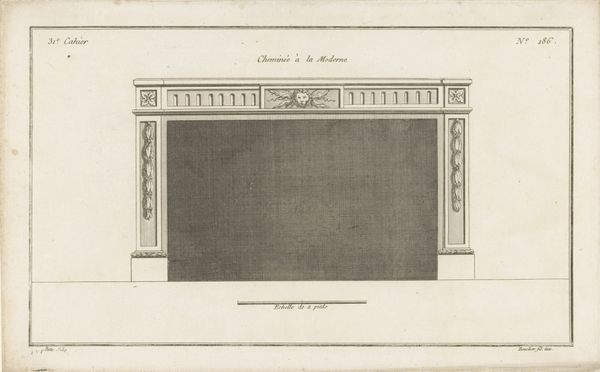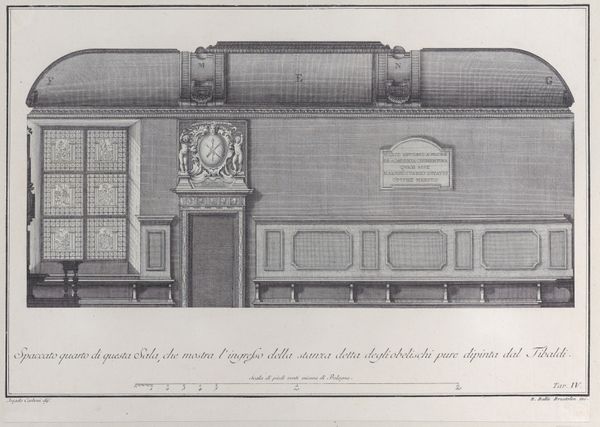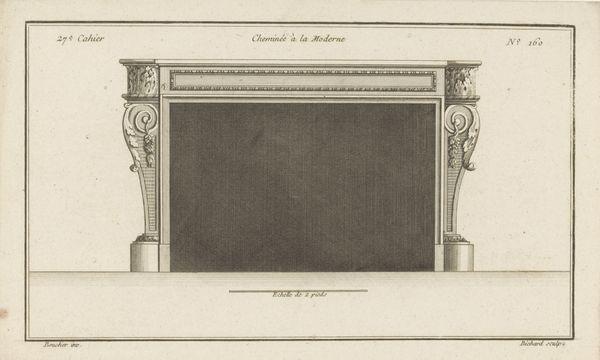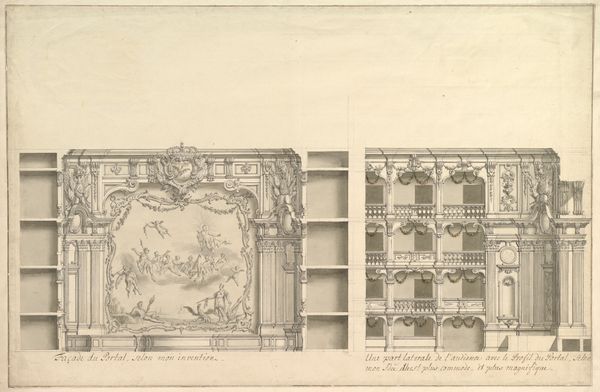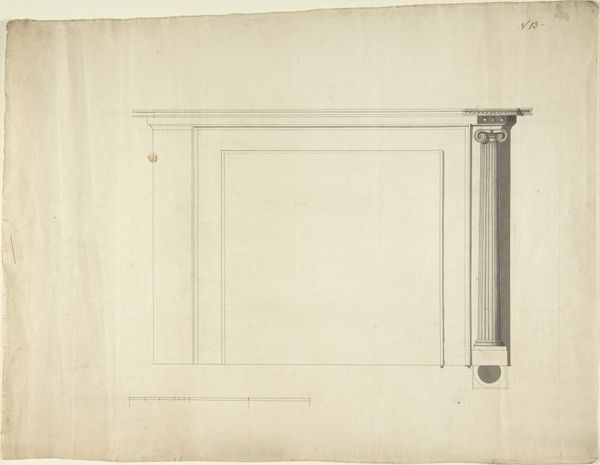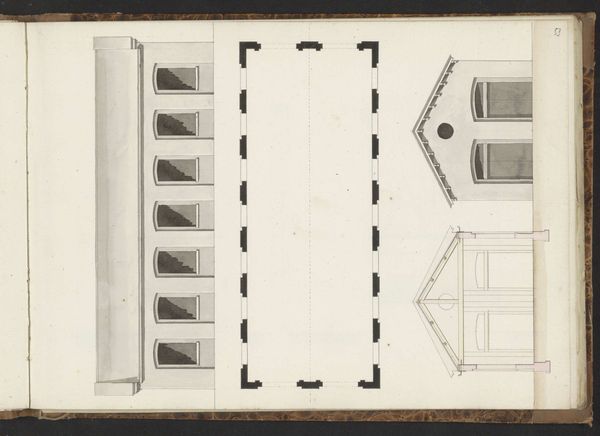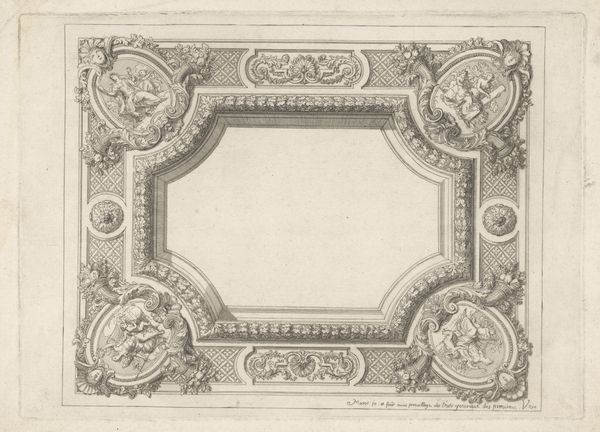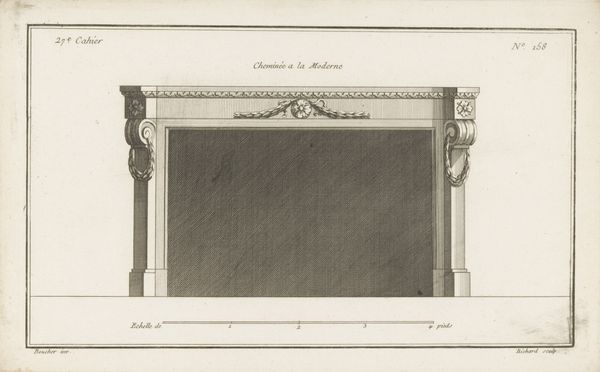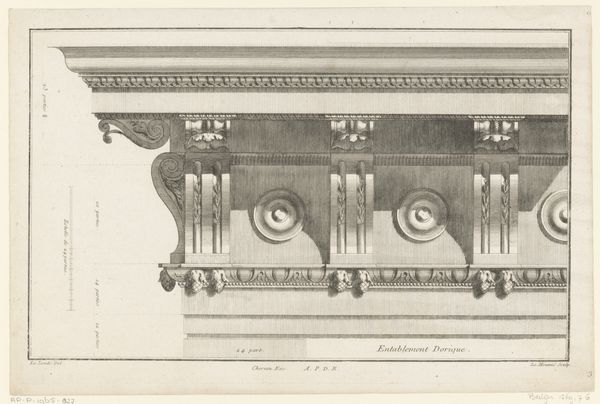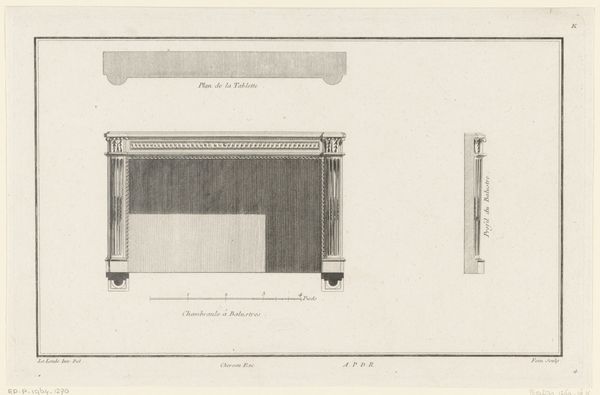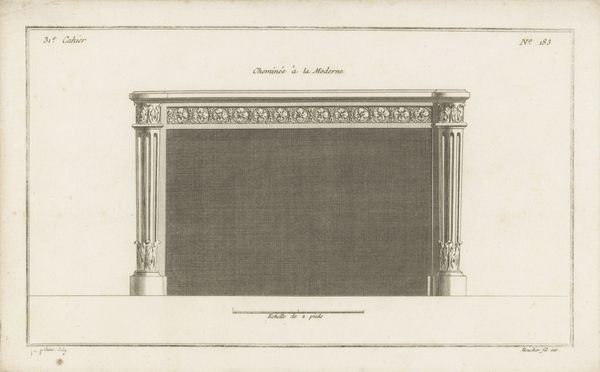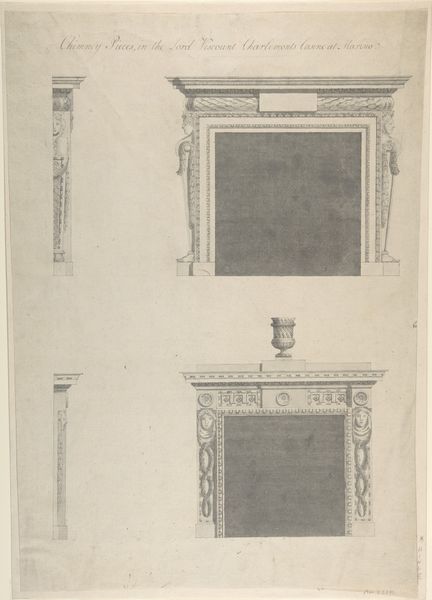
Plate 5: view of the ceiling with its ornaments and frescoed paintings 1756
0:00
0:00
drawing, print, engraving, architecture
#
architectural sketch
#
drawing
#
baroque
# print
#
perspective
#
geometric
#
architectural drawing
#
engraving
#
architecture
Dimensions: Sheet (Trimmed): 10 5/8 × 14 15/16 in. (27 × 37.9 cm)
Copyright: Public Domain
Curator: We’re looking at Bartolomeo Crivellari’s "Plate 5: View of the ceiling with its ornaments and frescoed paintings" from 1756, currently housed at The Met. It's an engraving of a highly ornate ceiling design. Editor: It’s fascinating how intricate and almost dizzying it is. It reminds me a bit of an architectural blueprint mixed with fine lacework. The level of detail in each section is striking; it's quite a visual feast. Curator: Indeed. The engraving meticulously documents a proposed ceiling design, typical of the Baroque era. Notice how Crivellari emphasizes the ornate plasterwork and frescoed paintings through contrasting shades and careful linework. One has to wonder about the accessibility of such lavish designs. It was not made for just anyone but for the upper classes. Editor: That makes me consider the material conditions of production here. Think about the engravers themselves, the labor and skill required to produce such detailed plates. This image is a product of a complex social system and speaks to a vast amount of craft work, from its initial design to its reproductive possibilities. This print served as a mode for diffusing this ornate architectural plan to other builders or even aristocratic sponsors. Curator: Precisely. The engraving allowed for the dissemination of this opulent aesthetic. Now consider, the geometric patterns aren't simply decorative; they also carry symbolic weight. For instance, certain shapes may reference classical motifs. We see here not only the craftsmanship but the ideologies of power at play during this historical period. This era had very fixed gender roles, and one might think, how would this room impact someone within a patriarchal home? Editor: I’m drawn to the interplay between high art and craft traditions inherent in the image itself. The architectural design elevates artisanal practices while the engraving, as a method of reproduction, blurs boundaries further, commodifying craft and artistic labour in the process. What we are really admiring here are plans to create labor and also the labor it took to draft these prints. Curator: Ultimately, this work offers a valuable lens through which to examine 18th-century aesthetics and social structures. It urges us to ponder about the power dynamics embedded in architectural spaces and the modes of circulating cultural ideas at that time. Editor: Agreed, and it reminds us that even seemingly static images are entangled with complex histories of labor, skill, and the constant circulation and consumption of artistic ideas and materiality.
Comments
No comments
Be the first to comment and join the conversation on the ultimate creative platform.
